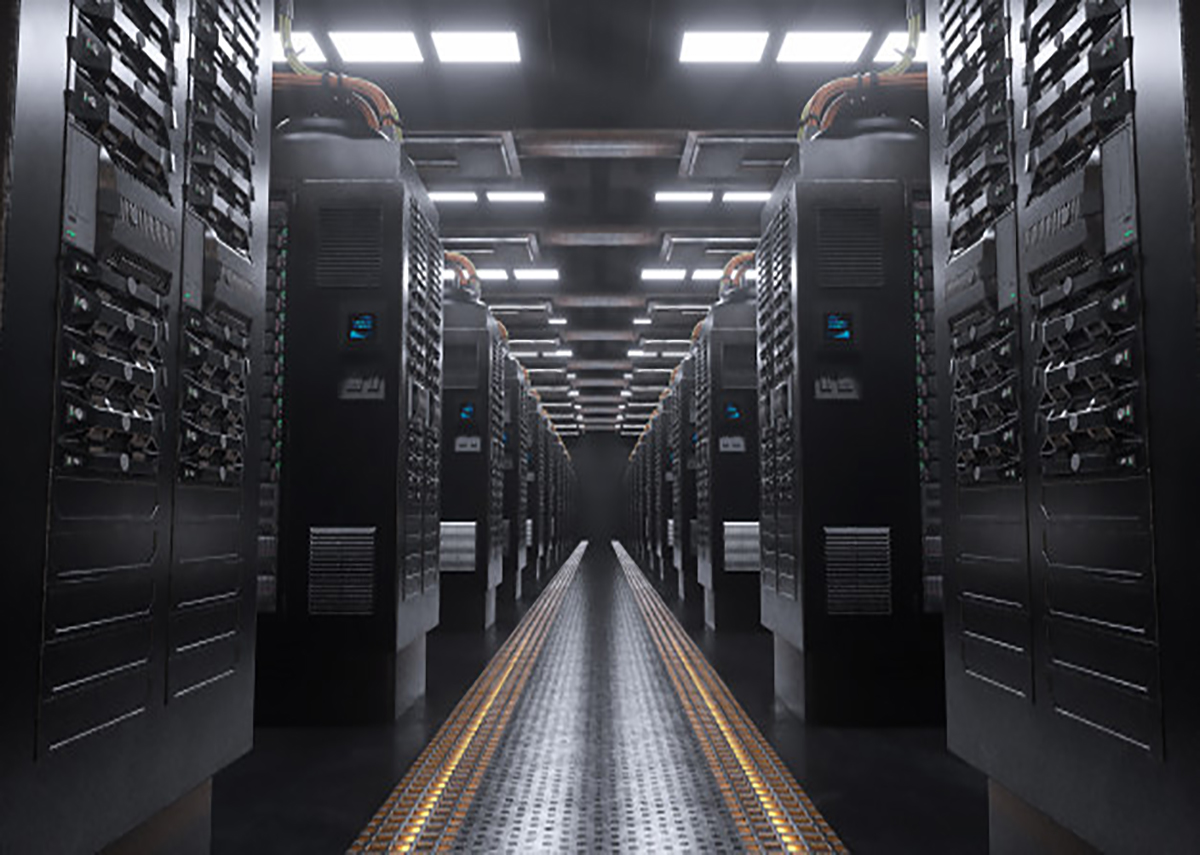Making A Safety Plan For Your Data Center
Share

There are many insights and other details regarding electrical system design, service availability, power density, cloud connectivity, and more in the industry of data centers. Anyhow, the safety of data centers is likely to affect every other aspect, and it deserves to be prioritized.
Why? Because these are well-engineered facilities, sparsely populated places of metal and concrete that can make many believe that they are secure when they are not. Therefore, safety tends to play a less important role than scale and capacity.
Anyhow, the facilities contain advanced and high-powered mechanical and electrical systems that could put the properties in great danger of developing damage if these are not correctly managed. All data centers have important equipment units like backup batteries, UPSs, and generators. Failure of any of those equipment units can considerably affect the long-term reputation, performance, and availability of data centers.
Almost every data center’s construction crews or designers do not instantly prioritize understanding the ways of safely maintaining rooftop chillers or exterior generators with tight working periods or strange angles. Consequently, some data center operators do not put their time and other resources into implementing safety guidelines and processes for the entire design and making process. They do so with the assumption that they would start to take that step when the situation and resource availability allow the same.
Onsite injuries and deaths are still a concern. Therefore, all data center segment participants, particularly those who are into construction, should look at their prime concerns and plan how to include safety as a core aspect in their operations.
Important Steps To Overcome Excessive Confidence And Risk Tolerance
There are safety concerns for data center businesspeople, but they must prioritize safety with regard to the construction process.
Construction teams often work on a new site for each project, so they will vaguely consider how the process will complete instead of understanding the details and nuances of every single location. After performing identical work repeatedly for multiple projects and locations, construction workers can easily be at peace with the dangers of their job and be cocky and lax regarding safety.
Fortunately, the safety aspect of data centers is starting to be more important and have more visibility among those who own hyper-scale data centers and other leaders in the industry. That revived interest occurs partly due to the ROI of official safety schemes, which can avoid the need for companies to spend up to $15,000,000 on possible litigation.
More significantly, the industry players know that safe workers are happy, healthful, and likelier to remain with them longer, all while producing top-quality work, plus helping to strengthen companywide best procedures for safety. On that note, let’s take a look at three of those procedures for planning, executing, and keeping a strong safety program for your facility.
Make Safety A Movement
The safety of a data center spreads from the top to the other parts of an enterprise until it turns into a natural element of its culture.
This step generally begins with making and defining a safety program, plus appointing a safety advocate or an EHS advocate to oversee and speak for the making and launch of an official safety program. Anyhow, it also hinges much on the quality with which the enterprise can instill the worth of safety into its workers, and how frequently and thoroughly it promotes that throughout the company.
The environmental, health, and safety program must understand many different data center operational components, and compare these with corporate policies and industrywide safety regulations to recognize gaps. After that, they will have to make the safety plan formal, look to make high-level leaders executive sponsors, and create a launch strategy including the following.
- The promotion of not only the program but the causes of its implementation as well.
- The deliverance of early and continuing training for all workers, partners, and contractors.
- Codifying not only expectations but also best practices.
- Making channels for feedback and reporting incidents.
- Scheduling frequent policy reviews to improve continuously.
Assess And Record The Risk
It is impossible to know your future path if you do not understand your position from the past to the present. That applies to data center creation and operations, with safety risks that are concealed from mechanical, electrical, and even dangerous materials.
It is essential to thoroughly document the general dangers of specific departments or job functions for making control measures to mitigate or eradicate the risks. This step entails testing to assess the condition of machines and systems, plus reevaluating the present maintenance and testing to confirm that these are performed in a manner that invites the least risk.
Review And Revise
Daily data center business operations involve root cause analysis. In the event of an interruption or outage, teams invest their effort and time in understanding it and recognizing the possible steps to take to keep it from happening again.
The same has to happen in the case of safety. Events such as a safety incident or a worker reporting discomfort/uncertainty regarding a risk can happen in data centers. Whenever such events happen, data center workers should spend their energy and time analyzing its entire root cause to not only better understand the event but also tackle it by updating safety plan procedures and policies.
Safety Transforms Company Cultures And Profits
Other sectors might have been quicker and eager to embrace safety-first business practices and messaging, but safety in data centers is gaining momentum.
More and more data center operators and developers, alongside other progressive industry leaders, realize that safety in the workplace enables business instead of hindering productivity and lucrativeness.
They will understand that including safety in the whole data center life cycle will gradually mitigate the longstanding misconception that safety and speed are separate and different from each other. More significantly, embracing a safety-forever philosophy will aid in turning the organizational culture into a culture that allows being more productive and profitable, bettering work quality, and lessening the possibility of damage to their brand and staff.

